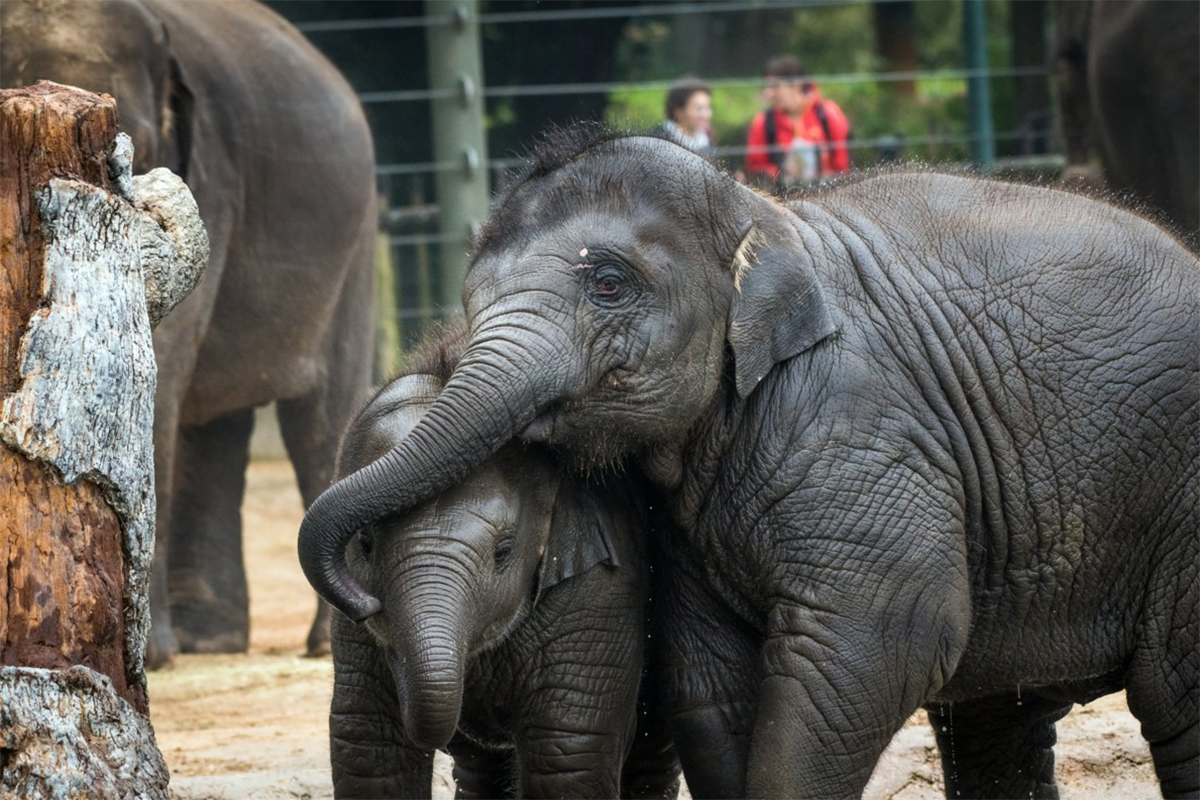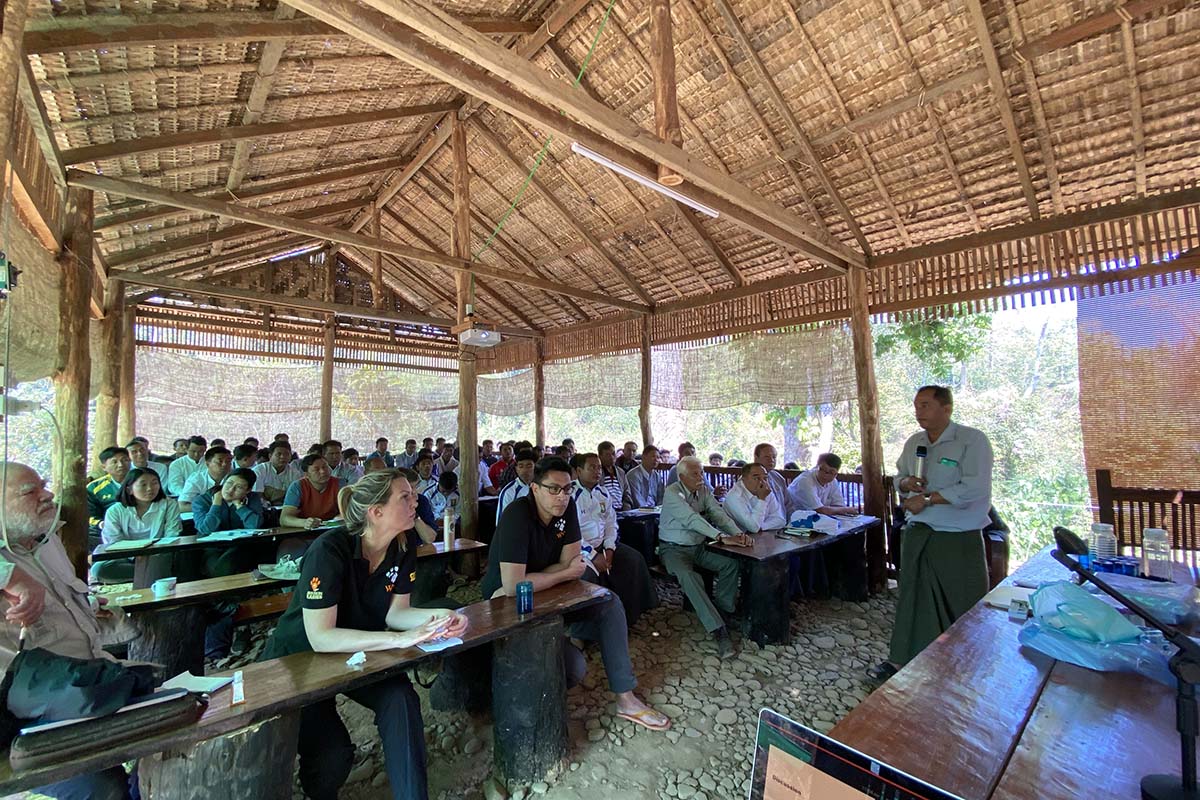Noninvasive EEHV Detection in Semi-Captive and Free-Ranging Asian Elephants

The full impact of EEHV in wild elephant populations is largely unknown, as currently, EEHV detection on living elephants requires sampling of blood for viremia and trunk washes for shedding. This study optimizes two additional sample types – feces and discarded chewed plants – under field conditions for the detection of EEHV. The methods will be validated in Asian elephants at the Houston Zoo, and the optimized techniques will be applied to semi-captive and wild herds in Myanmar. The primary goal of this project is to create a standardized collection protocol that will enable epidemiologic studies on shedding patterns. This project seeks also to determine if increased glucocorticoid production, a stress indicator, is related to EEHV shedding, and to identify any human-induced, environmental, and demographic covariates that may contribute to EEHV hemorrhagic disease.
IEF #EX1031
Project Years: 2019
Project Partners:
Christine Molter, Houston Zoo





